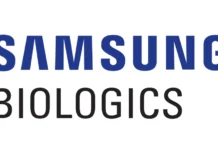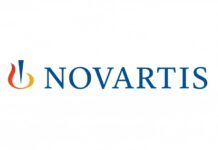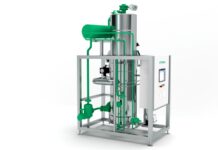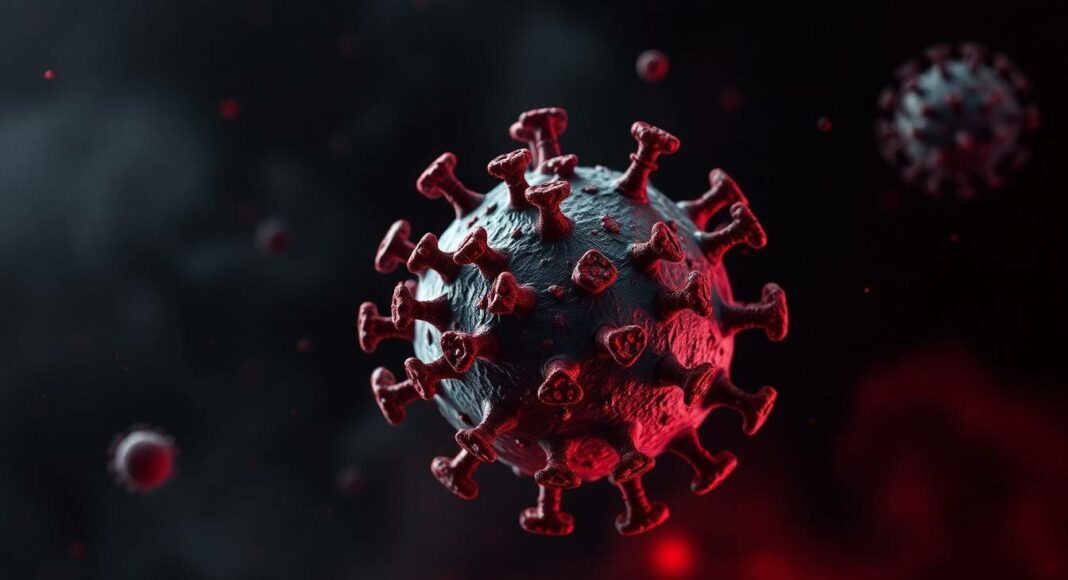Two Vaccines against the Nipah virus, a deadly bat-borne virus, are scheduled to begin human clinical trials in Bangladesh, while intriguing medication candidates have demonstrated the ability to treat and prevent infection.
While Nipah case numbers remain low, climate change is shifting habitats, bringing fruit bats that transmit and spread the virus in South and Southeast Asia into closer contact with humans. This potentially fatal illness affects an estimated 2 billion people, highlighting the critical need for Nipah Virus Vaccines.
The race for vaccinations and therapies is important in light of the newest Nipah outbreak in Kerala, India, where health officials identified two cases earlier this month, one of which was fatal. More than 400 people are currently under monitoring.
Nipah has a high fatality rate, killing 75% of those it infects, and the World Health Organisation (WHO) considers it a priority virus with the potential to cause widespread epidemics.
Even when infection is not fatal, the virus can cause a devastating aftershock; months after being certified Nipah-free following earlier outbreaks in India, two persons remain in a coma.
Growing risk
Bangladesh and India have recorded the most outbreaks and cases of Nipah virus so far.┬Ā
Fruit bats carry the virus, and humans can contract it through contact with bat droppings or contaminated food or drink. during a person becomes infected, the virus usually spreads through close contact; the virus can travel from person to person via droplets exhaled during coughing.
The disease can begin with an acute respiratory infection and proceed to seizures and deadly encephalitis (brain inflammation).
While Nipah case numbers remain low, climate change is shifting habitats, bringing fruit bats that transmit and spread the virus in South and Southeast Asia into closer contact with humans. This potentially fatal illness threatens an estimated 2 billion people.
Nipah Virus Vaccines under development
The ChAdOx1 NipahB vaccine, developed at the University of Oxford and based on the same vaccine platform as the ChAdOx1 COVID-19 vaccine developed with AstraZeneca, has recently received support from Europe’s medicines regulator, the European Medicines Agency (EMA), through the PRIority MEdicines (PRIME) scheme.
The Coalition for Epidemic Preparedness Innovations (CEPI) financed the development of the ChAdOx1 NipahB vaccine as part of its mission to combat epidemic and pandemic threats.
Additional preventive power
CEPI is also sponsoring the development of PHV02, a vaccine based on the same technology as the authorised Ebola vaccine, rVSV-ZEBOV, which was used to combat earlier Ebola outbreaks.
The PHV02 vaccine is a live, attenuated recombinant vesicular stomatitis virus (rVSV) vector that expresses the glycoprotein of the Nipah virus (Bangladesh strain) to induce immunity to this virus, but it also expresses the glycoprotein of the Ebola virus, suggesting that it could potentially be used to combat Ebola as well.
┬ĀPHV02 is also set to begin Phase 2 clinical trials in Bangladesh.




















